Camping scene (front cover of album), Max Dupain, 1937
IE3301333
By Cathy Perkins
In 25 years at the State Library, former Curator of Photographs, Alan Davies, saw four people cry.
At Eungai Creek in 1988, Helen Downie had tears in her eyes when she showed Alan Davies a 60-year-old family photograph. She is sitting with her mother, father and two sisters on a horse-drawn sled that also carries a milk pail and a suitcase. The expression on her father’s face could only be described as grim. Wounded in World War I, he had been given a disability pension and a block of ‘third class dairy land — 200 acres in a rain shadow’. The family had been too poor to afford a cart with wheels, so they made do with a wooden sled.
Alan was travelling the state as part of a Bicentennial campaign to copy pictures from private albums, having announced that the Library was looking for ‘three impossible photographs: a dole queue, a dunny cart, and a woman washing up in the kitchen’. They eventually found all three, the shame of the dole queue making it the most difficult to track down.
Helen Downie’s family portrait became one of 8000 images in the Library’s ‘At Work and Play’ collection showing scenes of rural life in NSW between 1880 and 1940. Ten years later, in 1998, the Library exhibited a series of photographs and handwritten captions by William Yang. The 19 images chronicled the death from AIDS of a young man, Allan Booth, over two years in the late 1980s. Alan saw two men walk the length of the series, stop at the last image, and embrace in tears. The sight confirmed Alan’s belief in ‘the power of photographs as a trigger of memory’.
But the first person Alan saw cry in the presence of photographs was the photographer Max Dupain.
In 1984, before becoming Curator of Photographs, Alan was at the Library on temporary assignment to put together an exhibition of Australian photography. He had just completed a survey of nineteenth century photography which became the book The Mechanical Eye in Australia (MUP, 1985). Alan prepared for the exhibition by identifying gaps in the Library’s collection.
Max Dupain’s work had found its way into the Library mainly through the papers of Harry Seidler, Glenn Murcutt and other architects. He had been the photographer of choice for the founding figures of Australian modernism, having come to prominence in the 1930s when he took up new photography trends from Europe that broke with the soft-focus romantic style.
‘Dupain understood that his was a mechanical age,’ says Alan, ‘and it needed a different style of photography. He understood light and the way it could change the shape of an object.’ Lacking examples of Dupain’s portraits and his photographs of Sydney, the Library bought a collection that included the well-known Sunbaker.
The 1937 image had became a symbol of Australia after featuring in an exhibition at the National Gallery of Australia in the 1970s. Alan says its ‘formal, monumental style’ suited the popular aesthetic at that time.
Dupain was unhappy to see his mainstream reputation rest on a single image. Pushed to name his favourite, the photographer once named Meat Queue, depicting post-war rationing. Alan is partial to Jean with Wire Mesh (‘it breaks all the rules of portrait photography’).
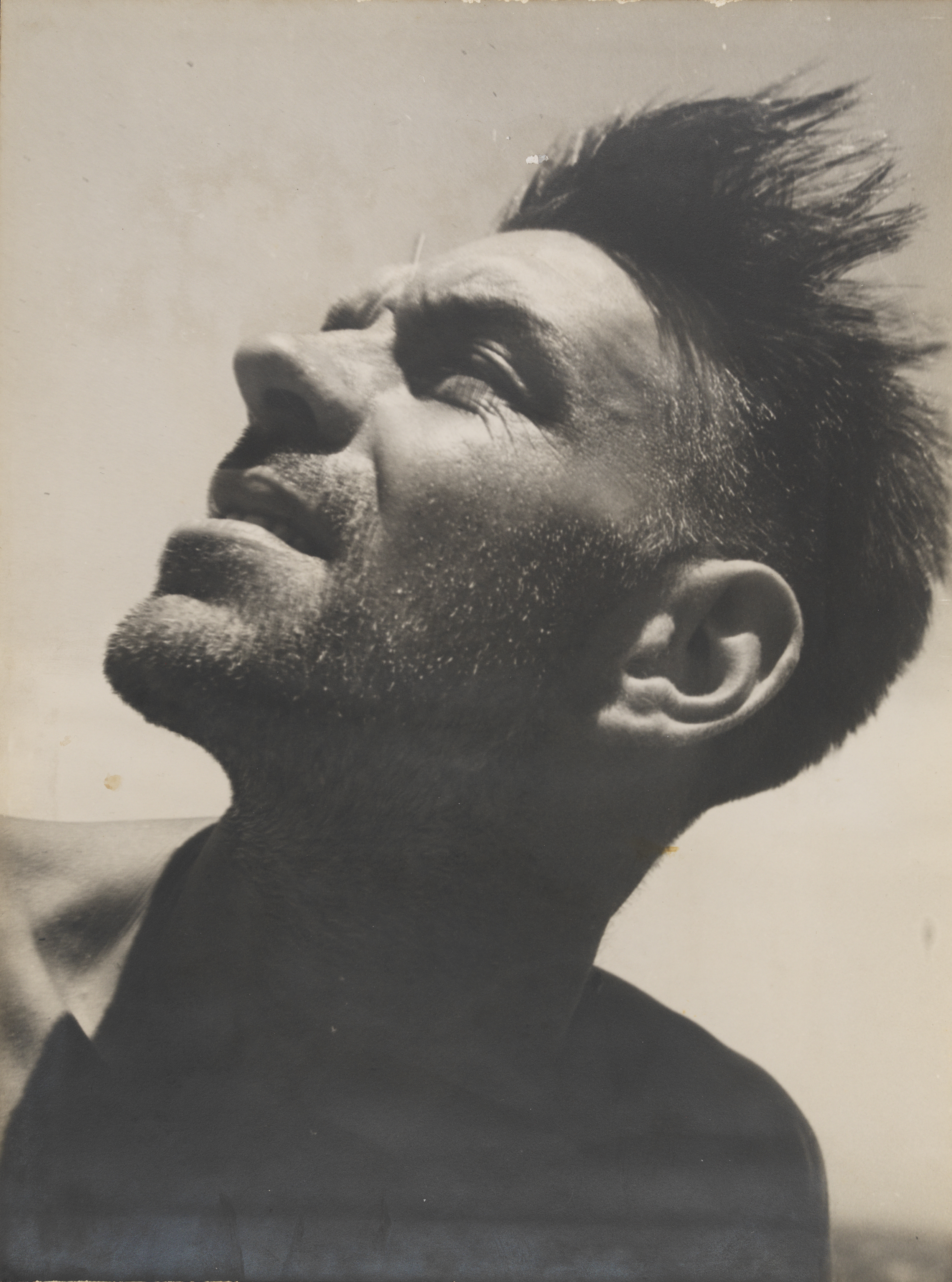
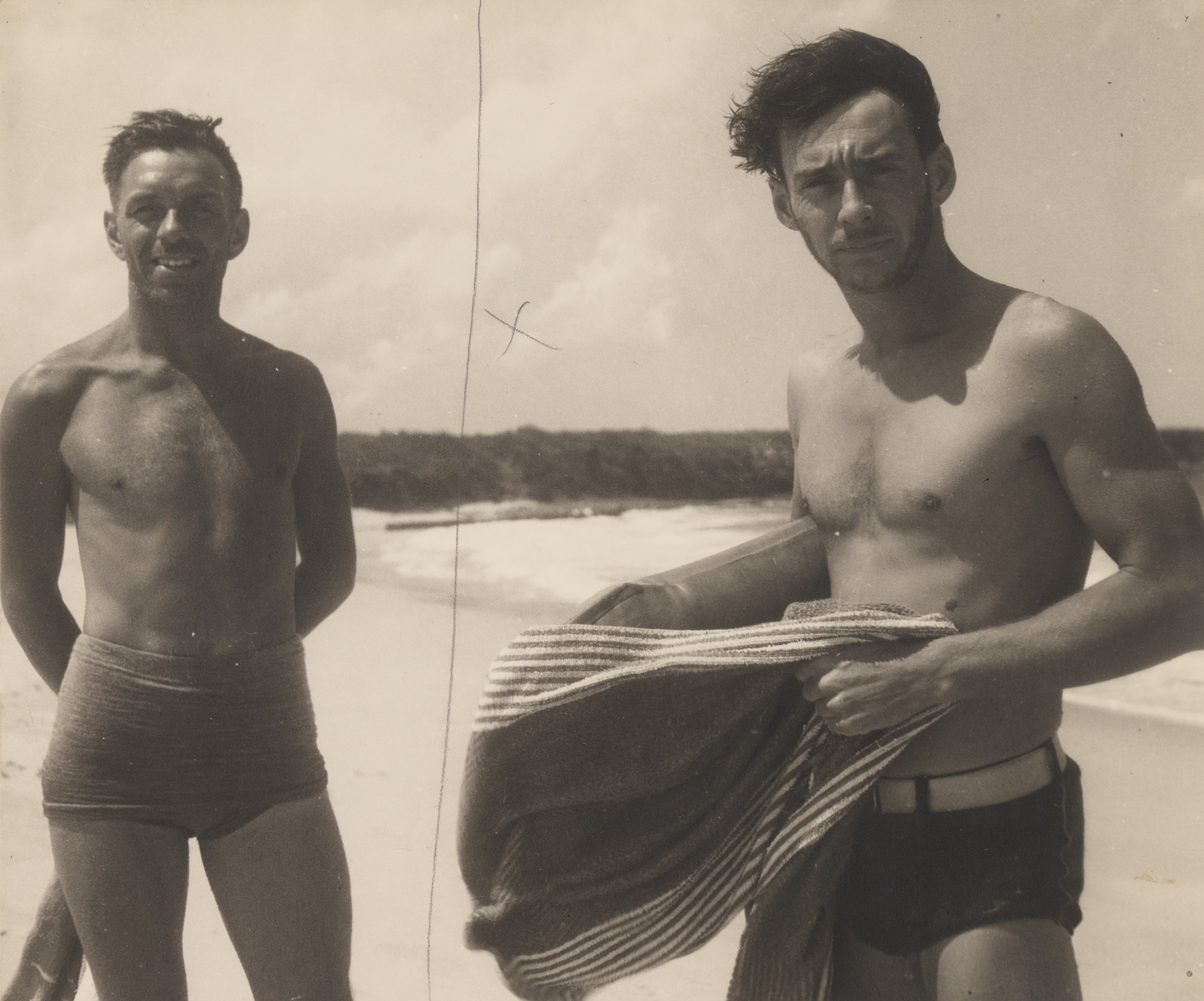
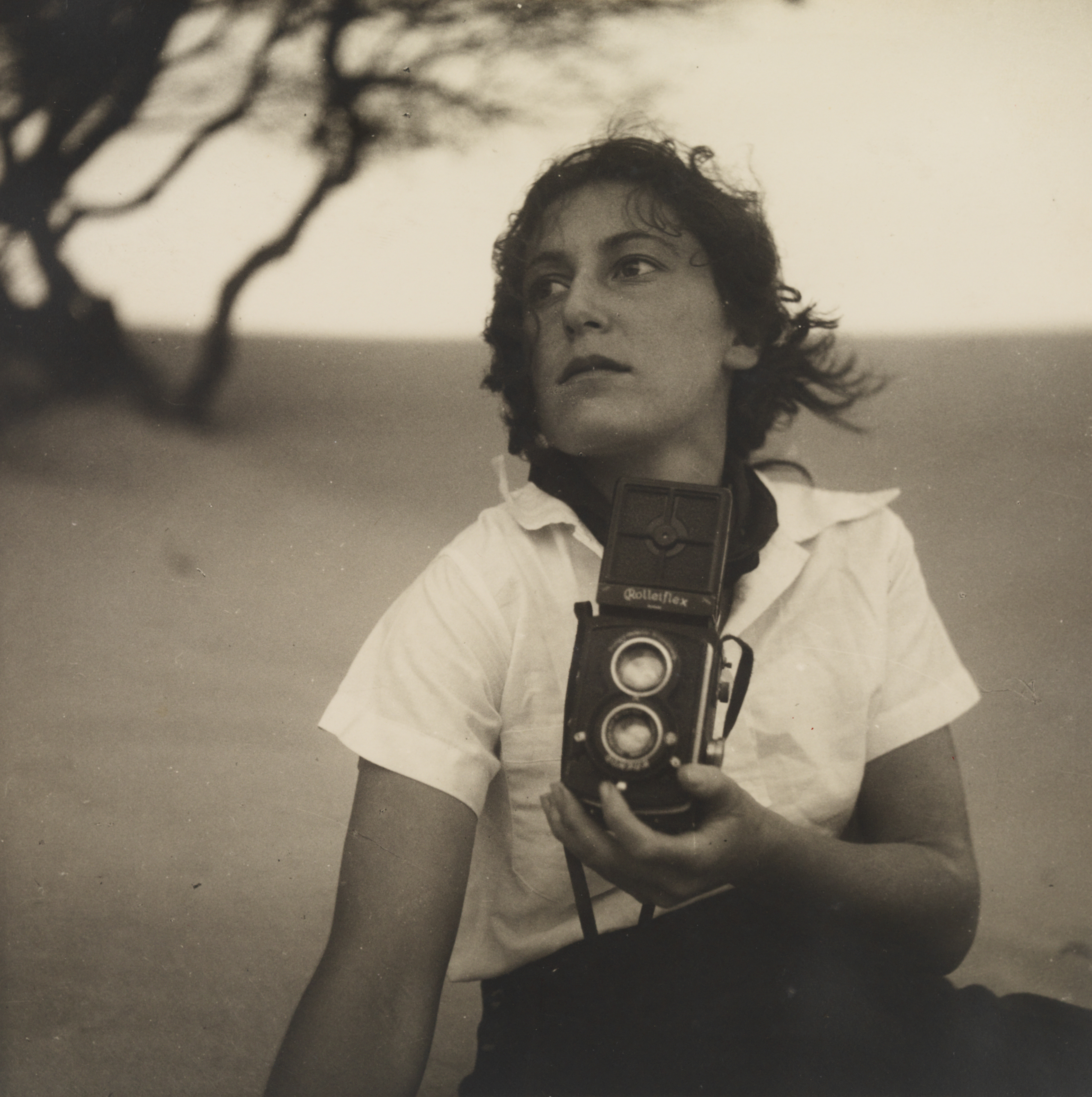
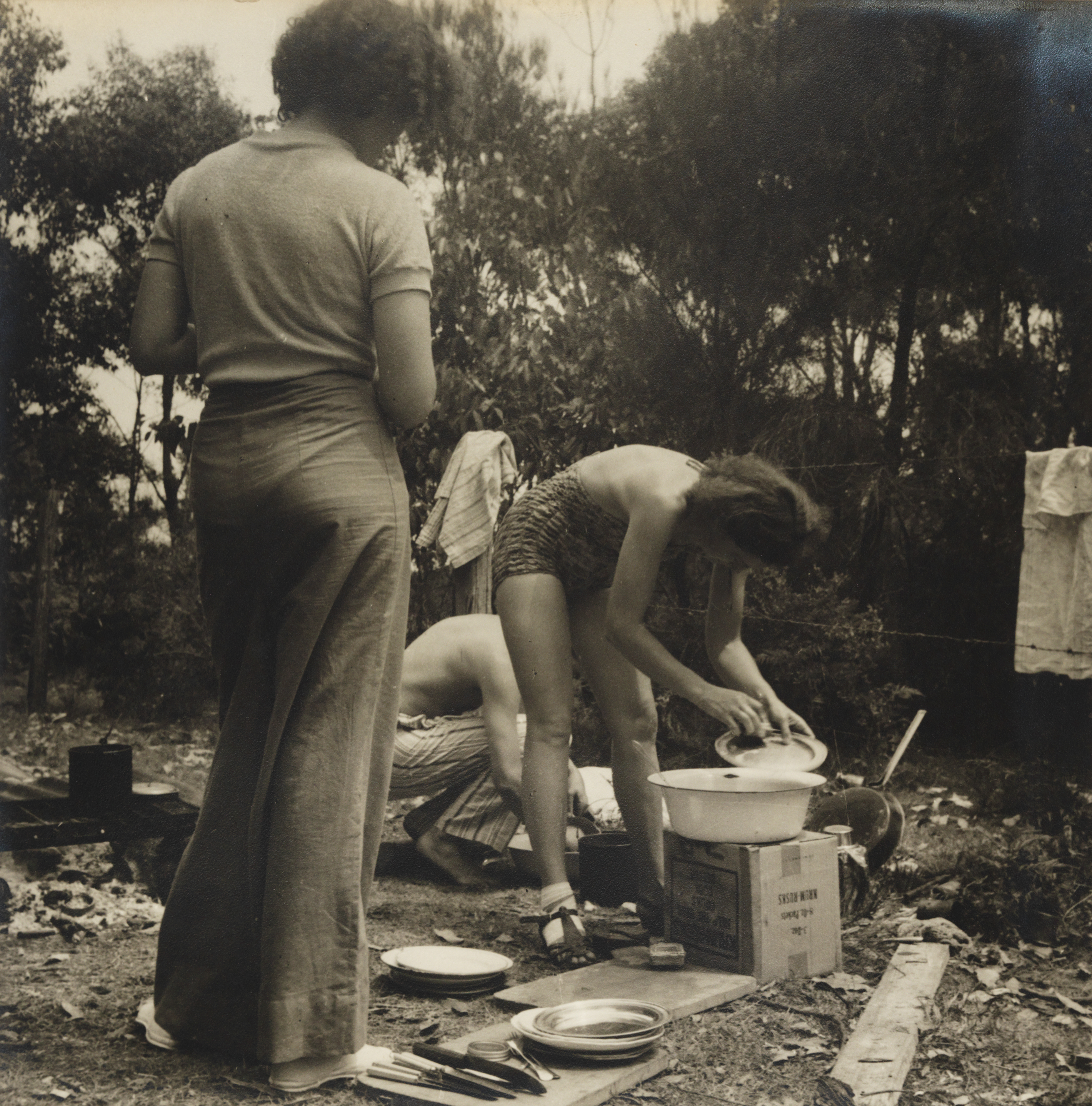
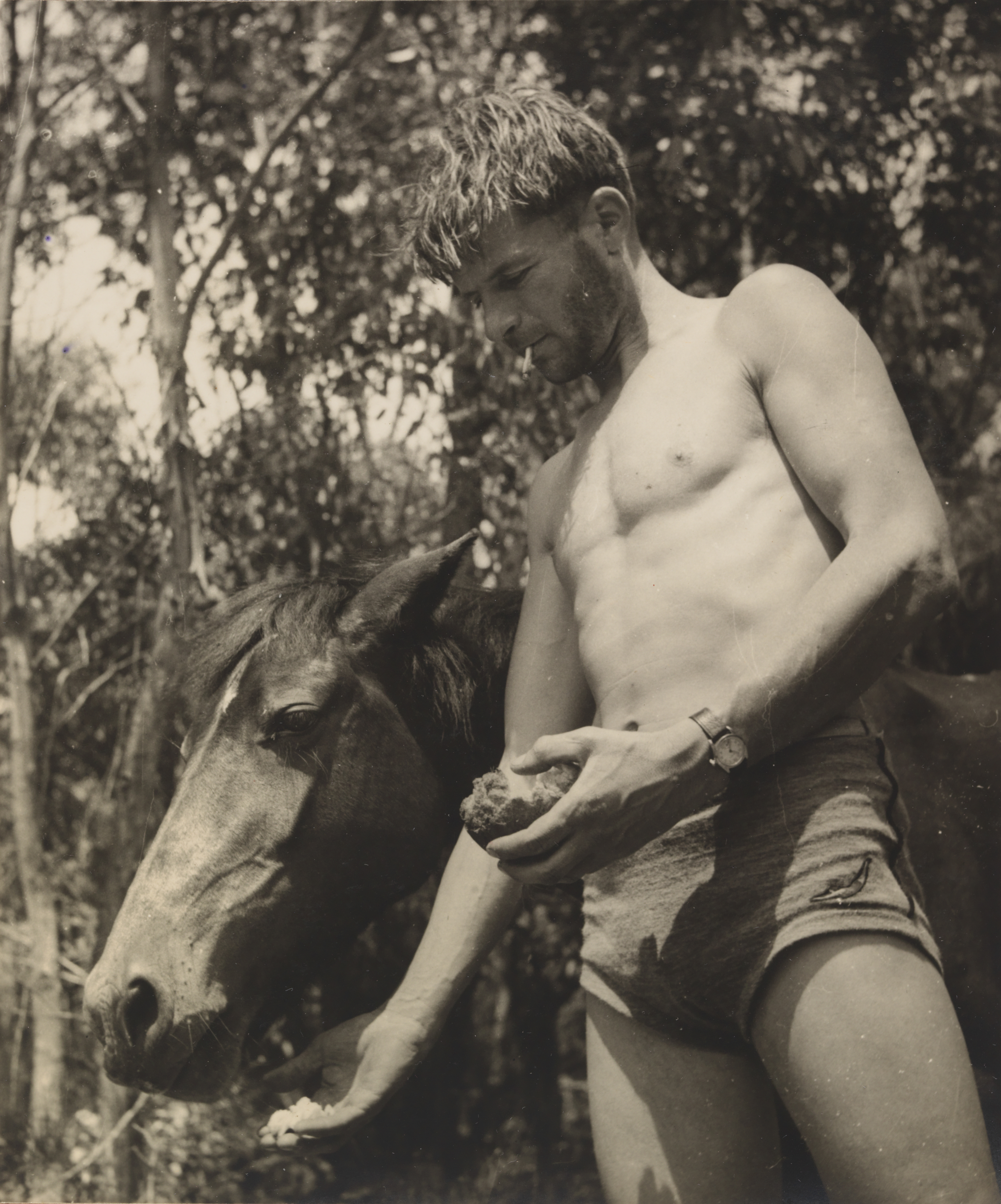
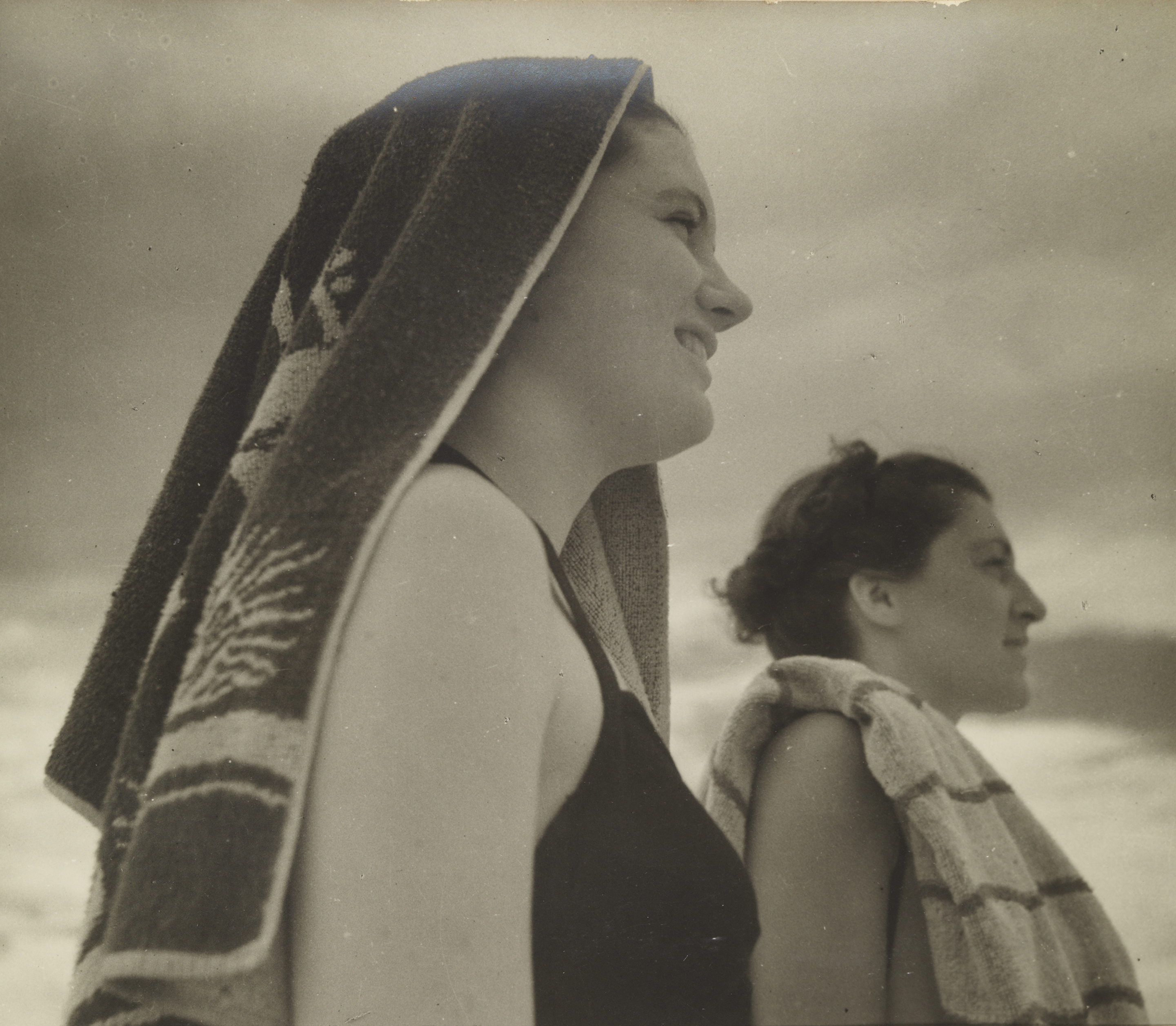
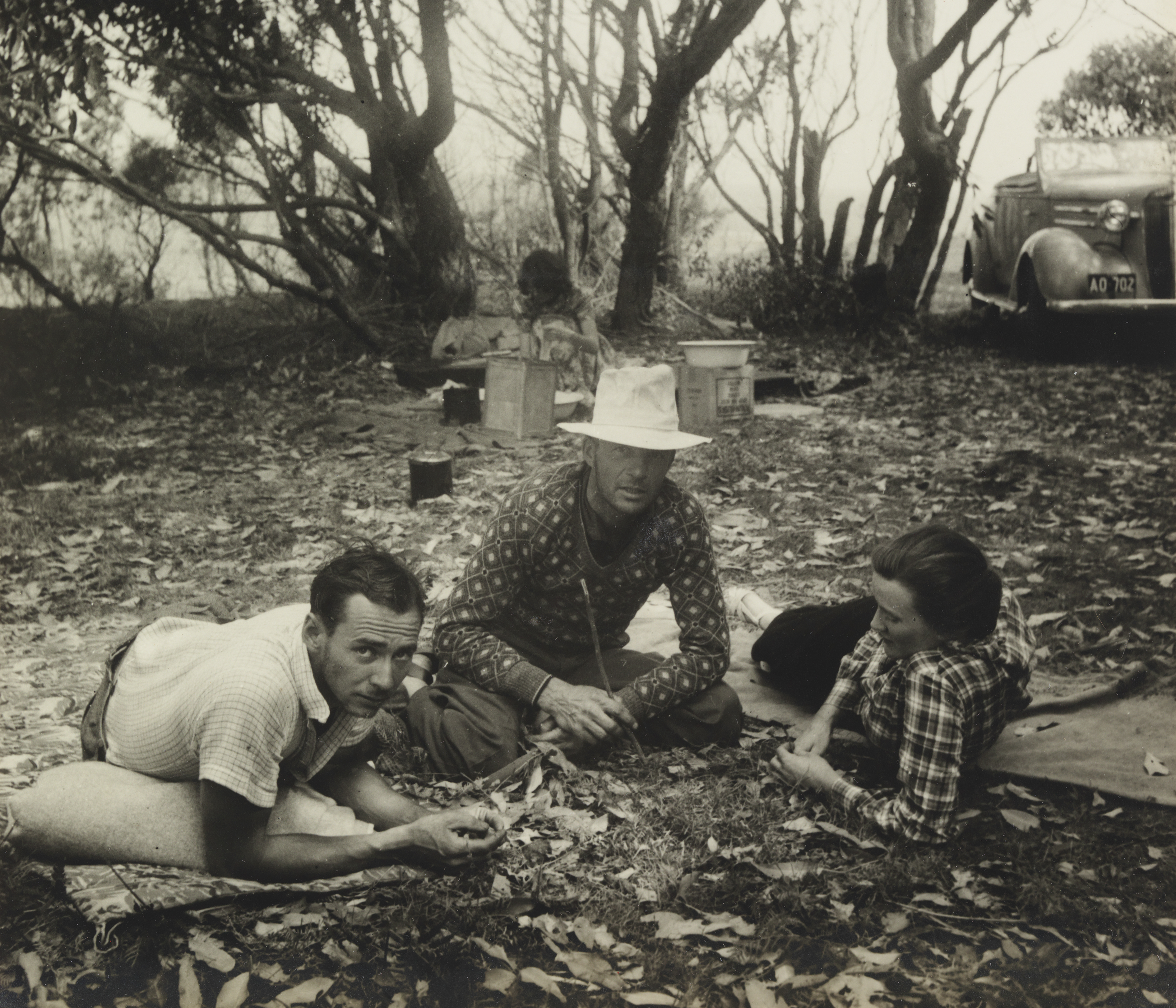
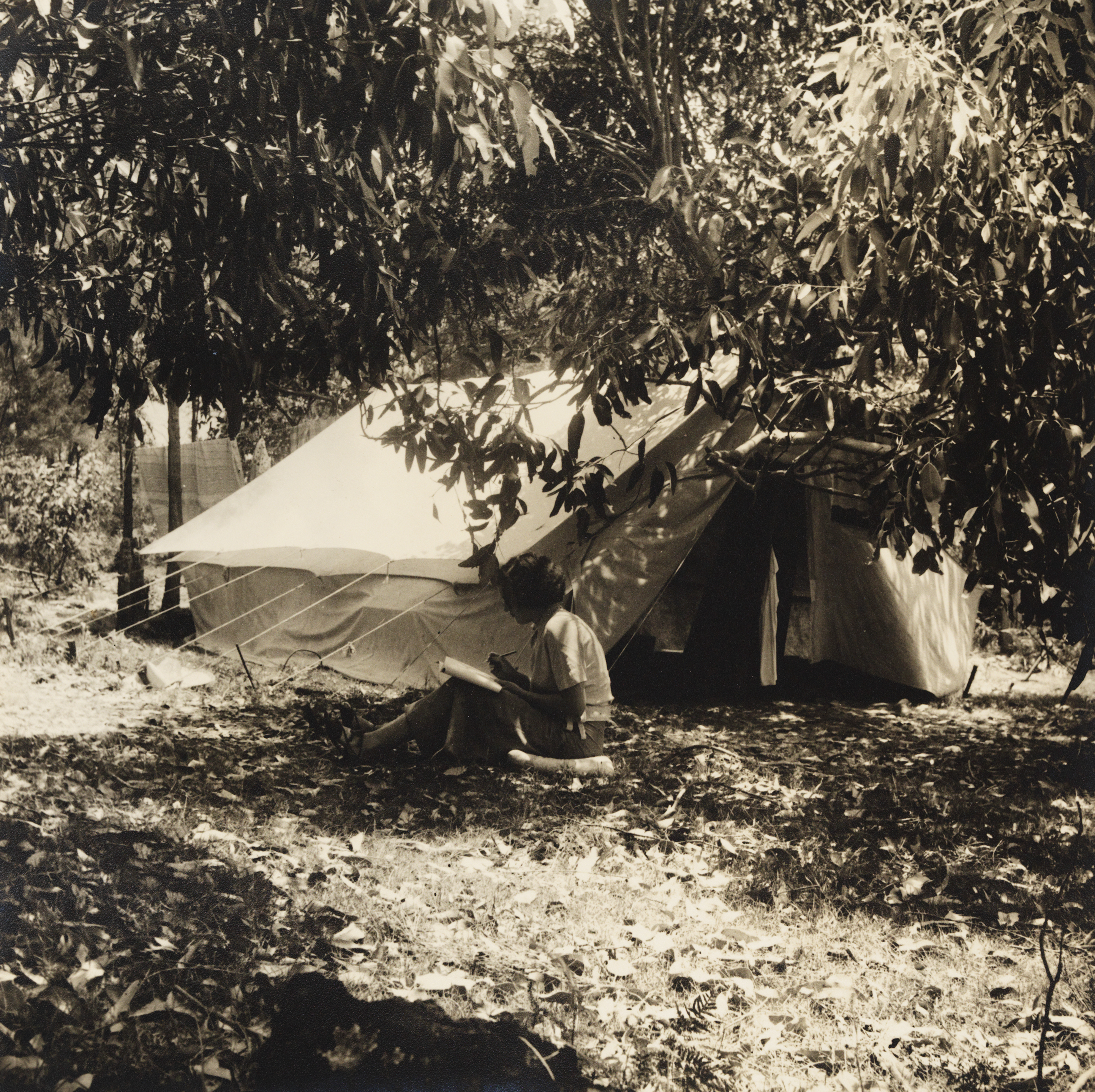
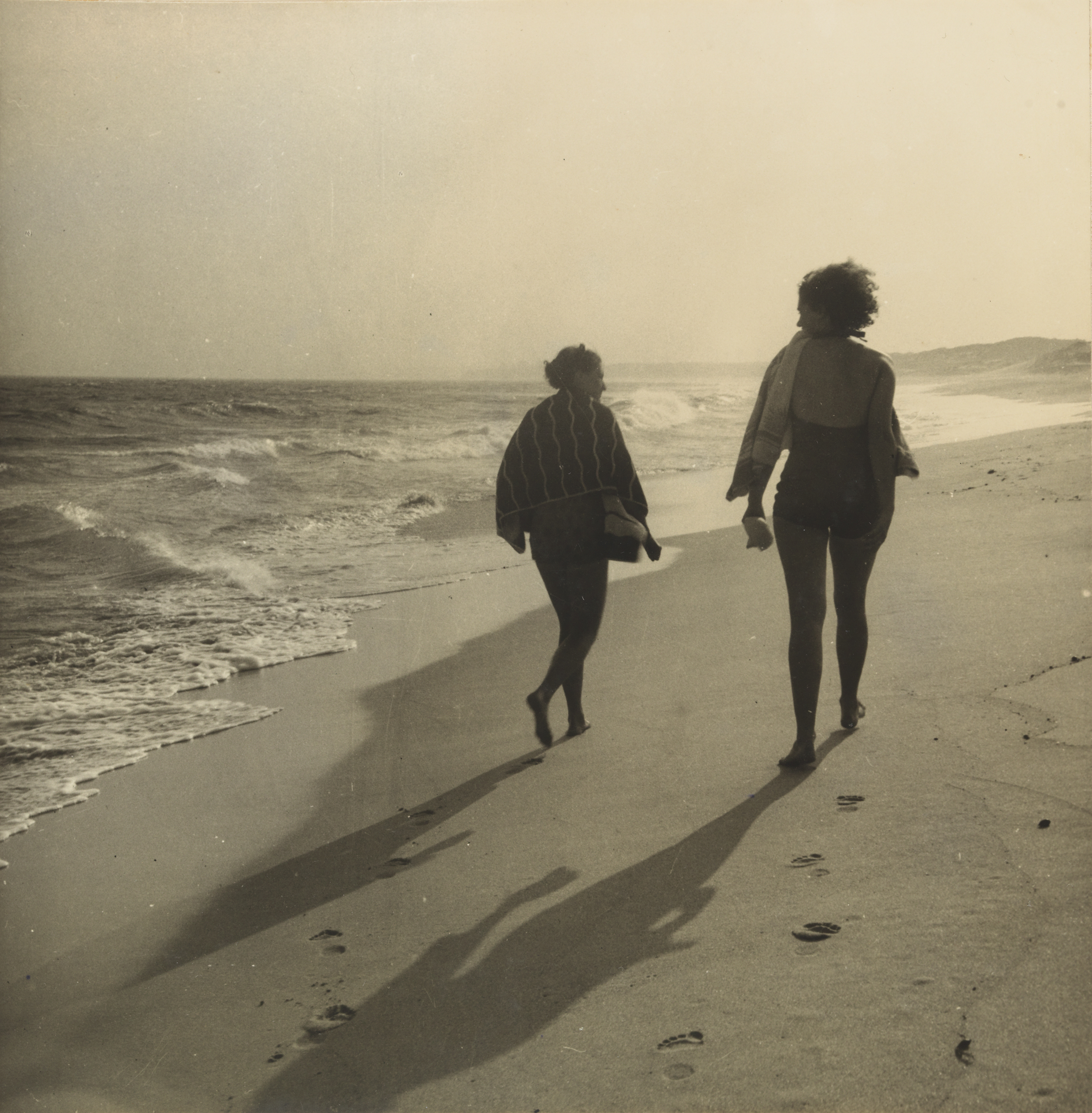
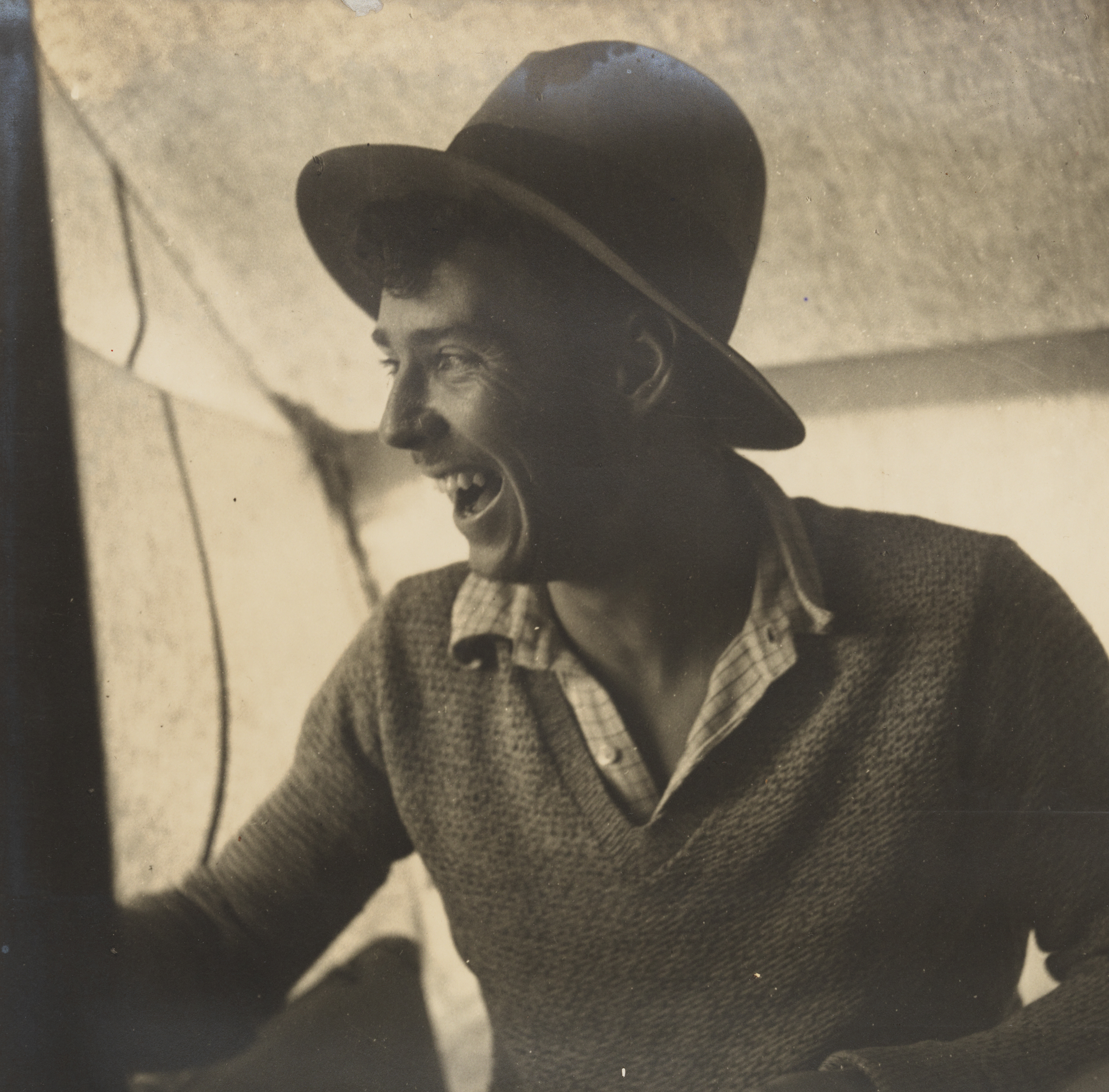
When Dupain visited the Library at the time of the acquisition Alan took him down to the Pictures Stack and showed him ‘a few things I thought might interest him’. He took out an album that Dupain had put together in 1940 for his friend Damien Parer. The photographer ‘looked through it very carefully then started to cry’. Parer had been serving with the Australian Army in the Middle East as a cinematographer. He came back to Sydney on leave and married Elizabeth Marie Cotter before rejoining the war in Pacific. He was killed in 1944 while filming a military advance.
Not knowing that Mrs Parer had presented the album to the Library in 1964, Dupain believed it had been lost. The album is inscribed, ‘A few shots from “home” [for] Damien Parer to look at occasionally. Max – Xmas, 1940’. Alongside the photos are white pencil notes on black paper, from one photographer to another: ‘Good light, don’t you reckon?’ A glamorous photograph of Parer’s future wife bears the handwritten caption ‘Boy! Oh boy!’
Between 1991 and 2007 the Library staged several exhibitions of Dupain’s work. In 2012 the photographer’s commercial photographic archive was purchased, comprising some 155,000 black and white negatives and 2500 prints that record the scope of modernist architecture in NSW. And this year Tony Vandyke contacted Alan about an album that had belonged to his father.
Chris Vandyke, an architect, had joined Dupain on camping trips to Culburra Beach on the south coast of New South Wales. He compiled an album of 108 original photographs by Dupain and his partner Olive Cotton. Among those that made Alan’s ‘jaw drop’ is a print of The Sunbaker taken from the original negative, which seems to have been lost. All known prints of the ‘quintessentially Australian’ photograph came from a second negative, adjacent to the original, which was published just once in 1948 (in Hal Missingham’s Max Dupain: Photographs).
The first Sunbaker — preferred by Dupain — has his hands clasped together, while the second shows the right hand relaxed. The album shows other views of the Sunbaker’s subject, Harold ‘Hal’ Salvage, which provide context to the famous photograph. Its 11 portraits of Dupain are thought to be by Cotton, and Alan points out Dupain’s picture of Cotton with her ‘lovely Rolleiflex camera’.
Tony Vandyke remembers the album ‘hidden away’ in his father’s darkroom. It would come out occasionally at dinner parties, where Dupain was often present. His father ‘wasn’t one to dwell on the past’, but would tell his children that ‘life was very simple during the Depression’. The photos of a camping holiday on the south coast ‘reflected some of that’ and showed the pleasure of having ‘such good, interesting friends’. Having forgotten about the album after his father died, Tony came across it recently and decided to donate it to the Library under the Cultural Gifts Program. He was dry-eyed when he parted with what Alan Davies calls ‘the holy grail of Australian photography’.
Emeritus Curator Alan Davies was the Library's Curator of Photographs from 1989 to 2014.
Under the sun: Reimagining Max Dupain's Sunbaker
On show from Saturday 18 February 2017 to Monday 17 April 2017
A showcase of new photography and video works by 15 of Australia's most stimulating contemporary artists.